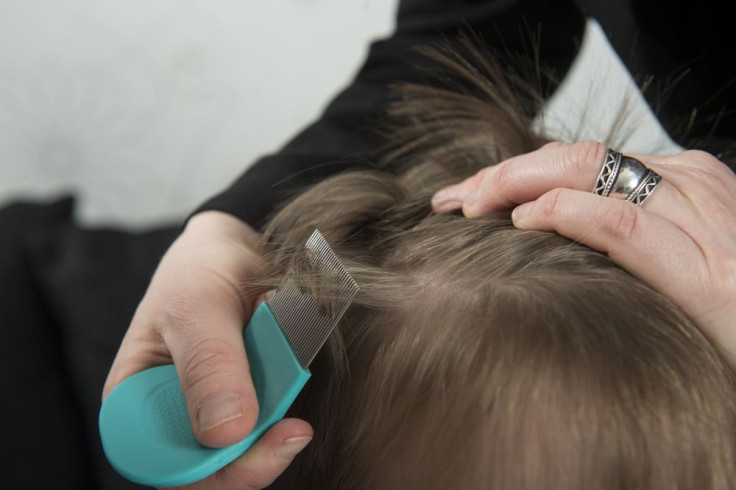Head Lice Myths Debunked: Kids With Head Lice Can Still Attend School, And Lice Don't Care How Clean Your Hair Is

It’s time to separate fact from fiction when it comes to head lice, and the American Academy of Pediatrics wants to start with dispelling the idea that children cannot attend school if they have an infestation. According to the Academy, not only does this policy not reduce head lice cases, but it can also create a bad stigma for the otherwise commonplace annoyance.
On Monday, the American Academy of Pediatrics released new guidelines on dealing with head lice and announced that children with lice infestations should not be banned from going to school. As reported by HNGN, the academy found the policy discriminating because current treatments allow for children to attend school during the day and receive lice treatment when they return home.
Research has shown that “no-nit” policies, where students are not permitted to attend school during a head lice infestation, may do far more harm than good. These policies have been found to increase the risk of incorrect diagnosis of head lice and the number of days children are not in school. They also put a social stigma on head lice and may even hinder the child’s academic performance. “No-nit” policies were found not successful in reducing the number of head lice cases because most cases of head lice are caught from close family members or friends, not classmates.
Head lice are tiny wingless parasites that affect only humans. They live off blood sucked from their host’s scalp and can spread by coming in close physical contact with an infected individual or sharing personal items or home furnishing. An estimated six to 12 million U.S. children will get head lice every year.
Lice do not spread any disease and are not an indication of filth or poor personal hygiene. They are just annoying and uncomfortable.
Fact From Fiction
Head lice are only spread from contact with either infested humans or items of infested humans. Animals cannot become infested with head lice and therefore cannot spread them. Head lice can also infest any type of hair, no matter how long it is, how clean it is, or what texture it is.
According to the Centers for Disease Control and Prevention, certain races are more prone to head lice infestations than others. In the United States, black people are far less likely than those of other races to become infested with head lice. This is because head lice have adapted to grasping the shape and width of certain types of hair and have trouble gaining footing in black hair.
The CDC reports that young girls are more likely than boys to have head lice infestations, but this is most likely due to more frequent head-to-head contact and has nothing to do with the length of the actual hair.
The new guidelines also include recommendations for how parents should treat head lice infestations. According to the revisions, parents should only seek a doctor for a prescription head lice medication if an over-the-counter drug has failed to clear up the infestation.
Published by Medicaldaily.com



























